Plastic waste – Signal: carmakers boost EV battery supply chains via recycling partnerships 03-11-2023
Plastic waste
Crude Oil Prices Trend
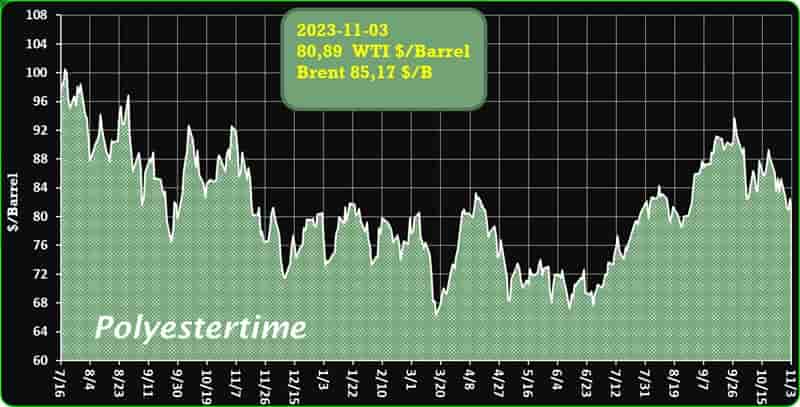
Crude Oil Prices Trend by Polyestertime
Axens, IFPEN and JEPLAN announce the start-up operation of Rewind® PET semi-industrial unit in Japan for the chemical recycling of PET
Axens, IFPEN and JEPLAN entered into a partnership in 2020 to develop and license an innovative recycling process, called Rewind® PET, that can be used to recycle all types of waste Polyethylene Terephthalate (PET), especially those difficult to recycle mechanically. With the support of the French Environment and Energy Management Agency (ADEME), this collaboration has resulted in the construction, commissioning and recent start-up of their Rewind® PET semi-industrial unit, which modifies and expands JEPLAN’s existing Kitakyushu Hibikinada Pilot (KHP) demonstration plant, in Kitakyushu-city, Japan. The production capacity of the Rewind® PET semi-industrial unit keeps the same capacity of the KHP demonstration plant before modifications, at one thousand tons per annum (1 KTA). Plastic waste
The aim of this unit is to show future industrial customers how the innovative PET recycling process, developed by the three partners, can be integrated into their own production and recycling facilities. This is a key step for the three partners in view of the commercialisation (licensing) by Axens, which is intended to start by the end of 2023 once the process has been fully validated. The Rewind® PET process will produce a high-quality, virgin-like, recycled PET, suitable for all PET applications including food contact packaging or textiles. An event was held at the semi-industrial unit on October 24th to celebrate its launch.
An innovative process for the chemical recycling of PET
The innovative Rewind® PET process involves a continuous depolymerization of PET by glycolysis, followed by a deep purification of the obtained monomer, BHET (Bis(2-Hydroxyethyl) terephthalate). Plastic waste
Its major advantage for manufacturers lies in its ability to separate all additives and colorants to restore a pure BHET monomer, which can easily be polymerized again in existing (or new) polymerization plants. It can be used to process all types of waste PET, including coloured and opaque bottles, multilayer trays, packaging film and polyester textiles. This innovation is the result of more than 10 years of development at Axens, IFPEN and JEPLAN, and of the synergy established by the three partners for over three years now. It will greatly help the PET industry meet its targets for the integration of recycled materials, complementing mechanical recycling.
This will also contribute to reaching Europe’s target of 30% recycled content in PET-made packaging by 2030. Plastic waste
Promoting a circular plastics chain

Ascend returns to Plastimagen with innovative new materials for Latin America
Ascend Performance Materials will showcase how it is advancing together with its customers through new products for e-mobility and sustainable materials at Plastimagen this week. In its first Plastimagen exhibition since expanding compound production to Latin America, the company will exhibit its engineered materials portfolio, including:
- New grades of the award-winning Vydyne® AVS, which provide tunable frequency damping for automakers looking to reduce vehicle noise, vibration and harshness (NVH) at the source. Plastic waste
- Further advances in Starflam® X-Protect, a family of PA66 compounds capable of withstanding direct flame exposure up to 1,100°C for 15 minutes – mitigating the risk of a thermal runaway to EV passenger safety. Starflam X-Protect recently passed UL 2596, a safety test for EV battery enclosure materials, and is an ideal material for use as busbar insulation, connectors and flame barriers.
- A growing portfolio of ReDefyne™ certified circular polyamide compounds with up to 100% pre- and post-consumer recycled feedstock, specially formulated to help customers reduce the carbon footprint of their products without compromising performance. The ReDefyne portfolio can help meet the circularity objectives laid down in the European Commission’s proposed end-of-life vehicle regulation. Plastic waste
“A truly innovative product portfolio makes this event exciting for us,” said Steve Manning, senior business director, engineering plastics. “Our new materials and technical support are helping customers design high-performance, sustainable products quickly and reliably.”
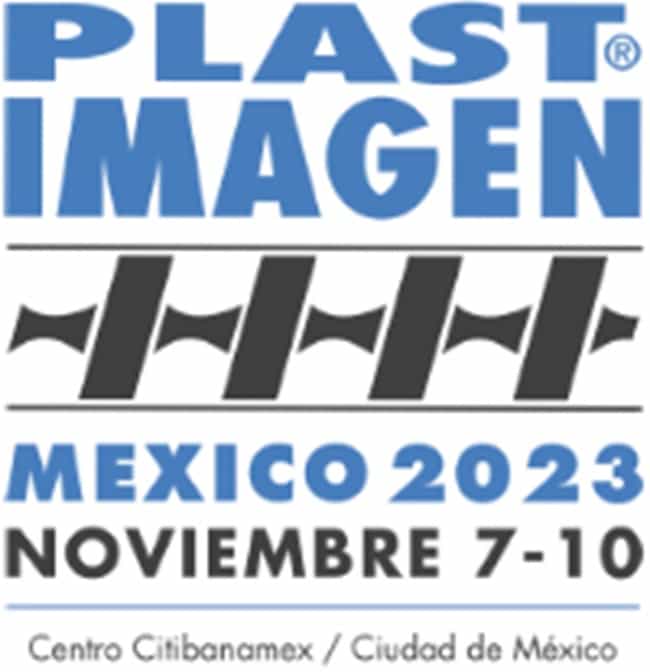
Signal: carmakers boost EV battery supply chains via recycling partnerships
Auto OEMs are partnering with EV battery recyclers, as they seek to secure better raw materials access and improve ESG profiles.
utch automaker Stellantis announced on 24 October that it had signed a memorandum of understanding with US-based Orano to establish a joint venture for recycling end-of-life electric vehicle (EV) batteries. The move, Stellantis said, is calculated to strengthen the company’s position in the EV battery value chain by granting them “additional access to cobalt, nickel and lithium necessary for electrification and energy transition.”
This is just the latest in a series of joint ventures between automakers and EV battery recycling firms, as the former seek to shore up their supply chains against projected raw material shortages and boost the environmental, social and governance (ESG) profiles of their batteries. Plastic waste
Earlier this month, South Korea’s Kia established a public-private partnership with North Gyeongsang Provincial Government and Gyeongbuk Technopark to build a battery recycling ecosystem, and, last month, Volvo announced a partnership with Newcastle-based Connected Energy to recycle its commercial EV fleet batteries.
And the list goes on. Earlier this year, Honda inked agreements with two leading US-based battery recycling companies, Cirba Solutions and Ascend Elements, in a move calculated to bring the automaker closer to its 2050 carbon neutrality goal. Indeed, Andreas Breiter, partner at the global management consulting firm McKinsey & Co., notes that using recycled battery materials for EV batteries equates to approximately 25% lower carbon emissions versus virgin mineral extraction. Plastic waste
In March, meanwhile, Germany’s Mercedes-Benz joined forces with three Chinese companies, including China’s largest battery maker CATL, to form a “closed loop” battery recycling project.
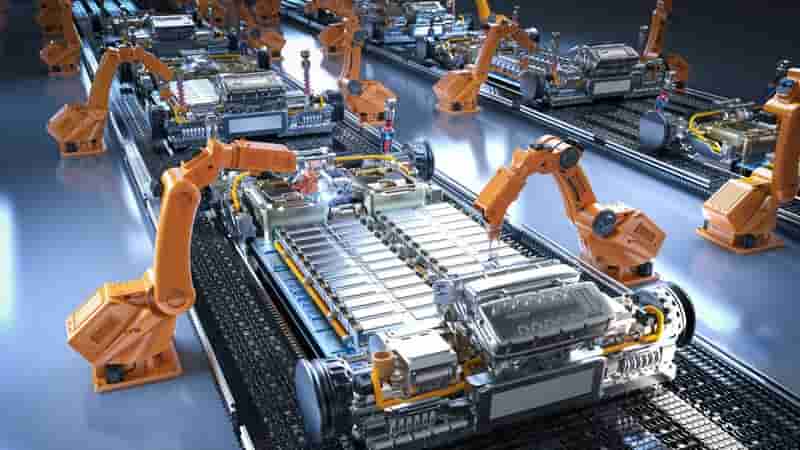
PET recycling claims ‘mislead consumers’
Claims that PET bottles are ‘100% recyclable’ or ‘100% recycled’ are likely to mislead consumers, a report by consultancy Eunomia Research & Consulting says.
Working with environmental groups ClientEarth, the Environmental Coalition on Standards and Zero Waste Europe, Eunomia said PET was “not currently a circular material within even the best recycling systems in Europe” in its report 100% Greenwash? Green Claims on PET Beverage Bottles in Europe.
ClientEarth’s Rosa Pritchard said: “This report clearly demonstrates that ‘plastic bottle circularity’ is a myth.” Plastic waste
Assertions about the sustainability of PET beverage bottles did “not reflect reality” and potentially breached consumer protection law by making bogus claims, Eunomia said.
The report investigated examples of claims and found the term ‘recyclable’ was ambiguous and should not be placed on bottles. It recommended instead that labels should provide consumers with clear instructions on how to dispose of packaging.
Claims that PET bottles were ‘100% recycled’ might not account for all the components, since caps and labels “are rarely, if ever, made from recycled content”.
The authors conclude that PET beverage bottles should not be marketed in ways that that imply circularity or sustainability. Plastic waste
Andy Grant, Eunomia technical director, said: “PET beverage bottles should not be marketed using language or imagery that states or implies circularity, sustainability and/or climate neutrality.
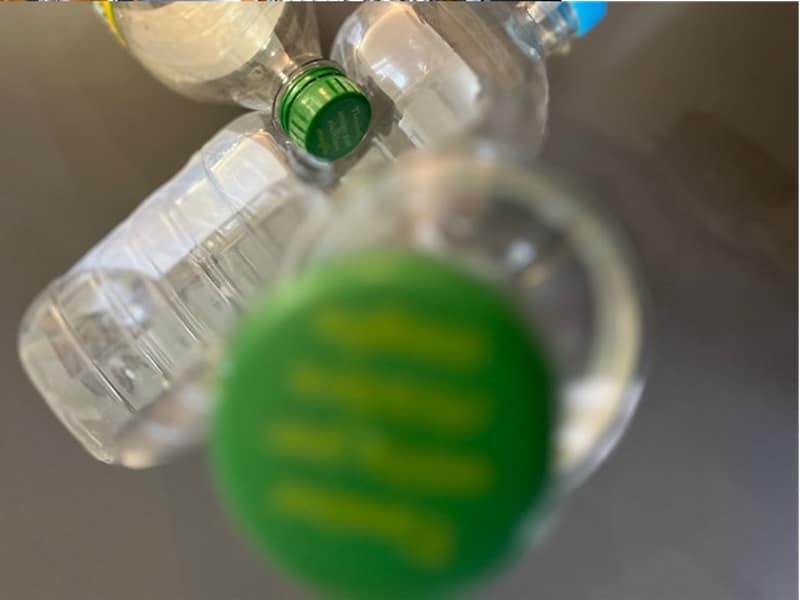
REPORT | Chemical Recycling: A Dangerous Deception
Chemical recycling — or what the industry likes to call “advanced recycling” — is increasingly touted as a solution to the plastic waste problem, but a landmark new report from Beyond Plastics and IPEN shows this technology hasn’t worked for decades, it’s still failing, and it threatens the environment, the climate, human health, and environmental justice. This comprehensive report features an investigation of all 11 constructed chemical recycling facilities in the United States, their output, their financial backing, and their contribution to environmental pollution. Plastic waste
The petrochemical and plastics industries have been aggressively working across America to pass state laws that reclassify chemical recycling facilities as manufacturing rather than waste facilities, which reduces regulation of these polluting plants and allows the companies to grab more public subsidies. As of this report’s release, 24 states have passed such laws. Just like mechanical recycling, chemical recycling is an industry marketing tactic to distract from the real solution to the plastic problem: reducing how much plastic is produced in the first place.
Deregulating and incentivizing chemical recycling is a dangerous trend with environmental and human health repercussions, though it’s not surprising when you consider how little information is publicly available about what chemical recycling actually does, how it does it, who it affects, how little plastic it removes from the waste stream, and how little product is actually produced.
This report unmasks chemical recycling’s history of failure, its lack of viability, and its harms so that others, especially lawmakers and regulators, can see this pseudo-solution for what it is: smoke and mirrors. Plastic waste
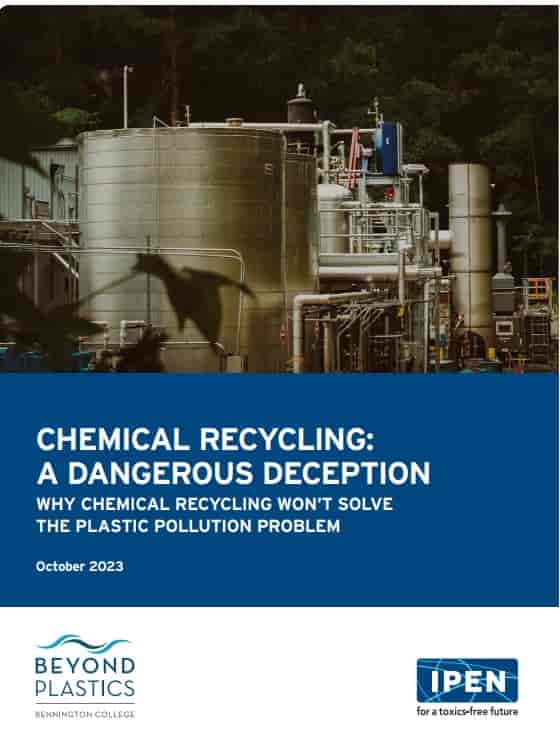
Opinion: How To Increase Recycling Rates With 2D Codes and The GS1 Digital Link
how can we increase the quantity and availability of PCR plastic? Lee Metters, Group Business Development Director, Domino Printing Sciences, explores
Five years since the Ellen MacArthur Foundation and the UN Environment Programme launched the New Plastics Economy Global Commitment to create a circular economy for plastics and more than 500 signatories have signed up. Many global brands have promised to drastically increase their use of post-consumer recycled (PCR) plastic instead of virgin plastic by 2025. Plastic waste
Many brands have taken great strides in the right direction, but a problem remains – there is insufficient recycled plastic to meet demand. In its 2022 global report, the Ellen MacArthur Foundation announced that signatories had more than doubled their use of PCR since 2018 – from 4.8% to 10% – but remain way off the 2025 target. Moreover, virgin plastic use is back at 2018 levels after an initial drop.
As such, the question remains: how can we increase the quantity and availability of PCR plastic? Lee Metters, Group Business Development Director, Domino Printing Sciences, explores. Plastic waste
Creating a circular economy for plastic waste
The first step towards creating a circular economy for plastic waste is designing products for recyclability, but making products recyclable is only part of the solution. Worldwide, we produce large volumes of recyclable waste daily, but the vast majority ends up in general waste collections. Indeed, a recent report by National Geographic found that 91% of plastic waste is not sent to a recycling facility. So, it’s hardly a surprise that there is a significant debate about how to improve materials recovery.
Multiple start-ups and businesses aim to improve product identification at materials recovery facilities (MRFs), with everything from artificial intelligence and machine vision applications emerging alongside existing near-infrared and air separation technologies to identify waste better at the point of recycling. Plastic waste
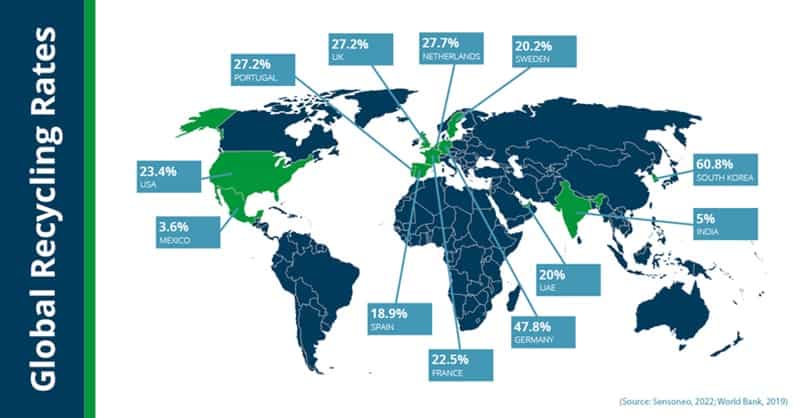
How Polymer Materials are Shaping the Electric Vehicle (EV) Revolution
The electric vehicle (EV) revolution has been gaining momentum over the past few years, and one of the key factors driving this change is the innovative use of polymer materials. As the world becomes increasingly concerned about environmental issues and the need to reduce greenhouse gas emissions, the adoption of electric vehicles is on the rise. Polymer materials have played a crucial role in making electric vehicles more efficient, affordable, and sustainable. In this article, we will explore how polymer materials are transforming the electric vehicle industry and shaping the future of transportation.
Introduction
The Rise of Electric Vehicles
Before delving into the impact of polymer materials, it’s essential to understand the current state of the electric vehicle market. Electric vehicles, or EVs, have seen a significant surge in popularity over the last decade. Several factors drive this surge, including government incentives, environmental concerns, and advancements in technology. Plastic waste
One of the primary reasons for the growth of the electric vehicle market is the need to reduce greenhouse gas emissions. Traditional internal combustion engine vehicles are a major source of carbon dioxide emissions, contributing to global warming and climate change. Electric vehicles, on the other hand, produce zero tailpipe emissions, making them a cleaner and more sustainable mode of transportation.
The Role of Polymer Materials
Polymer materials, composed of long chains of molecules, have emerged as a key player in driving the electric vehicle revolution. These materials have several properties that make them ideal for EV applications. Plastic waste
Lightweight and Strong
Polymer materials are known for their exceptional strength-to-weight ratio. They are significantly lighter than traditional materials like steel and aluminum, which is a crucial advantage in the design of electric vehicles. By using lightweight polymers, manufacturers can reduce the overall weight of the vehicle, leading to improved energy efficiency and longer driving ranges.
Improved Battery Technology
Electric vehicles rely on high-capacity lithium-ion batteries to store and provide energy. Polymer materials are used in the construction of these batteries to improve their performance. The use of polymer separators in lithium-ion batteries enhances their energy density, making them more efficient and capable of storing more energy in a smaller space. Plastic waste
This, in turn, allows electric vehicles to travel longer distances on a single charge.
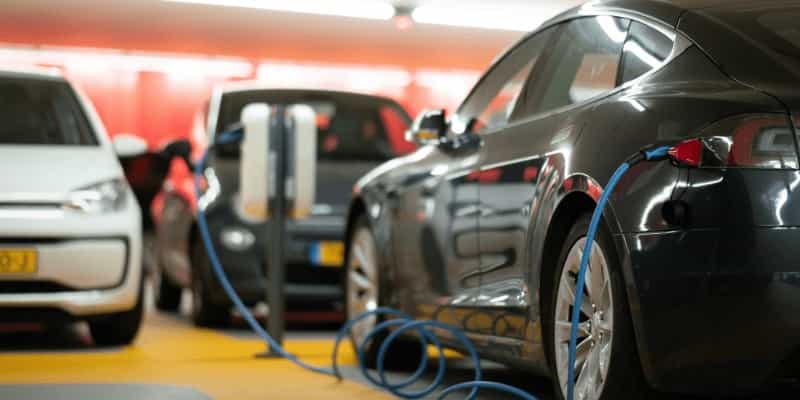
Carbon Fiber – Electric cars : Automaker executives admit their plans are in jeopardy 02-11-2023
Plastic waste
